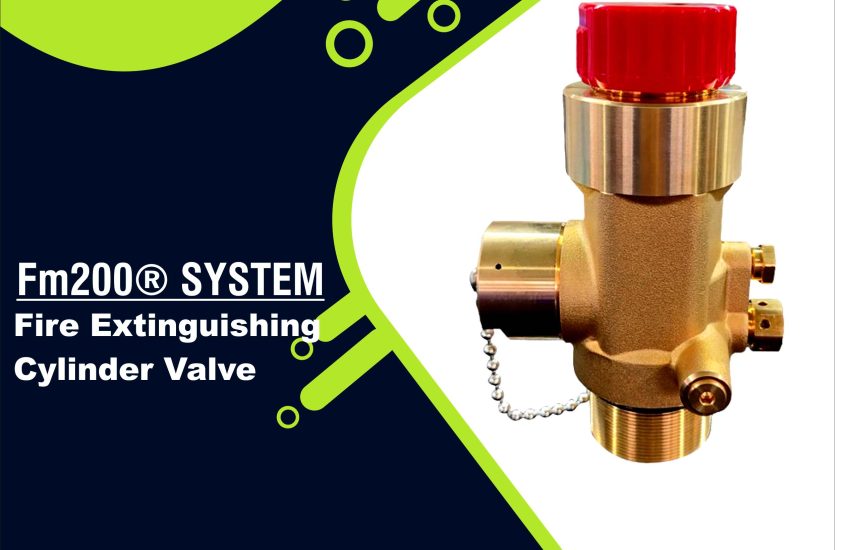Fire Extinguishing Cylinder Valve In the realm of fire safety, a fire extinguishing cylinder valve is a critical component that controls the release of extinguishing agents during fire emergencies. These valves play a pivotal role in the operation of automatic fire suppression systems, ensuring rapid and efficient discharge of agents like CO2, clean agents, FM-200, or dry chemical powders.
What Is a Fire Extinguishing Cylinder Valve?
A fire extinguishing cylinder valve is a specially designed valve installed on the top of a fire extinguisher or suppression system cylinder. It regulates the flow of the extinguishing medium and is engineered to activate manually, automatically, or electrically depending on the system design.
Key components include:
- Pressure gauge
- Valve handle or actuator
- Safety release mechanism
- Burst disc or pressure relief device
Types of Fire Extinguishing Cylinder Valves
1. Manual Cylinder Valve for Fire Extinguishers
Used in portable fire extinguishers, these valves are operated manually by a lever or pin. They are common in residential, commercial, and industrial settings.
2. Automatic Fire Cylinder Control Valve
Designed for fixed suppression systems, these valves operate automatically via detection systems, heat sensors, or pressure triggers. They’re essential in server rooms, data centers, and engine compartments.
3. CO2 Cylinder Valve
Specifically made for carbon dioxide systems, CO2 cylinder valves must handle high pressures and ensure airtight sealing to prevent gas leaks.
4. Clean Agent Cylinder Valve
Used in clean agent systems like FM-200 or NOVEC 1230, these valves are corrosion-resistant and precision-engineered for controlled discharge without residue.
5. High-Pressure Fire Cylinder Valve
These are built to withstand pressures up to 3000 psi and are commonly used in industrial and marine fire suppression systems.
Importance of Quality Cylinder Valves in Fire Systems
Using a high-quality fire extinguishing cylinder valve ensures:
- Reliable discharge during emergencies
- Compliance with fire safety standards (UL, CE, ISO)
- Long-term durability under harsh conditions
- Reduced risk of malfunction or leakage
Applications
Fire cylinder valves are used in a wide range of environments:
- Data centers and server rooms
- Marine and offshore platforms
- Electrical control panels
- Automotive engine bays
- Industrial manufacturing units
- Aircraft and aerospace sectors
Maintenance and Testing
Routine maintenance of fire extinguisher cylinder valves is essential. This includes:
- Visual inspections for corrosion and damage
- Functional testing of the actuator or handle
- Pressure testing to check for leaks
- Replacement of worn-out O-rings and seals
Pro Tip: Always consult certified technicians for valve maintenance and ensure compatibility with the fire suppression agent used.
Where to Buy Fire Extinguishing Cylinder Valves
When sourcing valves, choose reputable suppliers offering:
- Certified products with proper documentation
- Multiple options (manual, automatic, high-pressure)
- Technical support and after-sales service
- Customization for specific fire suppression systems
Conclusion
A fire extinguishing cylinder valve is not just a component—it’s a safeguard that protects lives and assets in emergencies. Whether you’re installing a new fire suppression system valve or upgrading your existing fire extinguishers, investing in the right valve ensures operational safety, compliance, and peace of mind.


